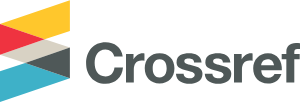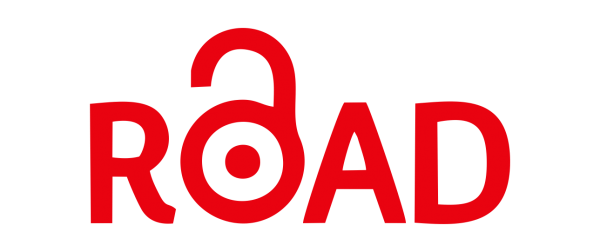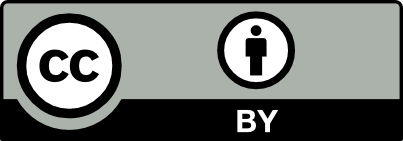Abstract
The main aim of this paper is to investigate the ability of hollow fiber ultrafiltration membrane of MWCO of 5 KD made of polysulfone to remove reactive dyes from wastewater. Two reactive dyes, violet 5R and C.I red 222.1, were studied under different experimental conditions of flow rate, temperature, concentration, pH, and transmembrane pressure to determine the best conditions under which the highest percentage of dye removal can be achieved. Binary systems of the two dyes prepared in different ratios to study the ability of membrane to treat solutions containing dye mixtures. It was showed that 91% of violet dye removal and 88% of red dye removal were achieved when both dyes were treated individually. Flow rate and pH proved to have great effects on membrane performance in the case of violet dye whereas solution pH showed the greatest effect for red dye removal. For the binary systems, it was found that interactions between dyes are not significant. Solutions with properties similar to that of the effluents from textile industry were prepared and 6% of violet dye removal as well as 20%-80% of red dye removal were achieved. Resistance In Series model was applied to find the flux theoretically which showed agreement with experimental values
with a variable error ranging from 2-21%.
Recommended Citation
El – Qada’, E. N. and Haimour, N. M.
(2010),
INFLUENCE OF THE EXPERIMENTAL CONDITIONS ON THE REMOVAL OF DYES FROM AQUEOUS SOLUTIONS USING ULTRAFILTRATION,
Yanbu Journal of Engineering and Science: Vol. 1:
Iss.
1, 75-86.
DOI: https://doi.org/10.53370/001c.23741
Available at:
https://yjes.researchcommons.org/yjes/vol1/iss1/8












